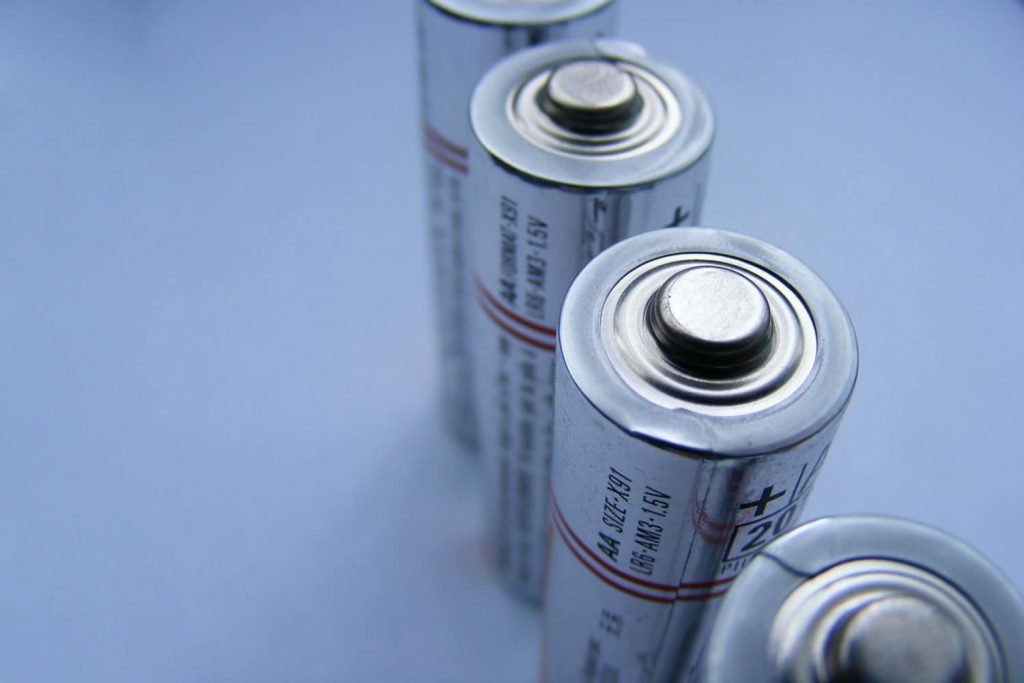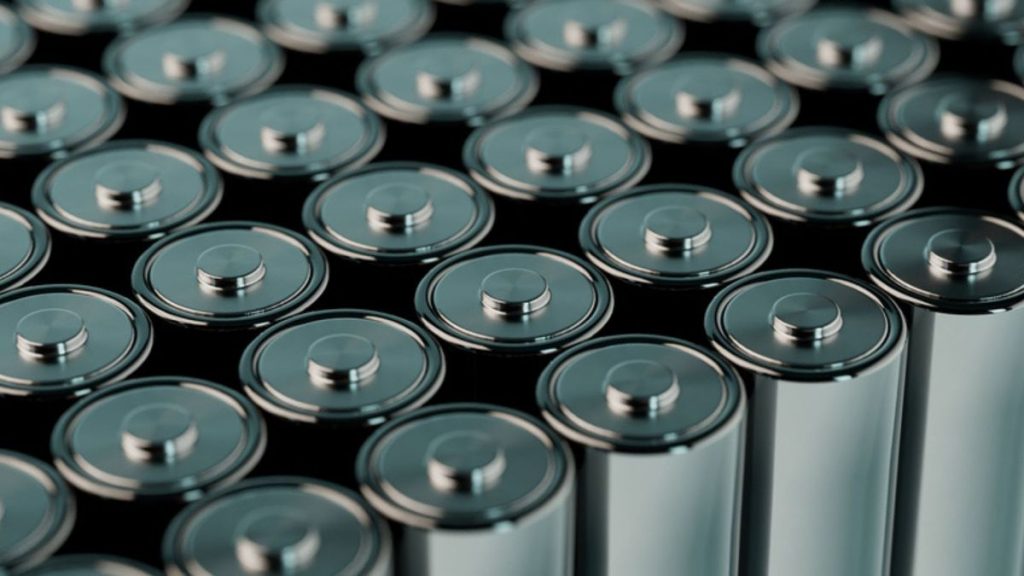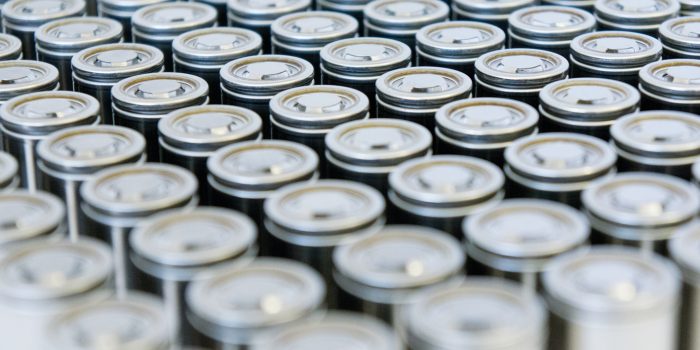It’s a thrilling development; researchers from China and Australia have taken huge strides towards creating the world’s first non-toxic aluminum batteries. In comparison, the old disposable batteries contain hazardous elements such as lead, mercury, and cadmium– all of which are tricky to dispose or recycle. The toxicity of these components is a threat to human health, wildlife, and ecosystems when they enter the environment.
An intrepid troupe of scientists from Flinders University (Australia) and Zhejiang Sci-Tech University (China) have made a quantum leap in terms of battery tech. To give you the gist, they used something called “2,2,6,6-tetramethylpiperidyl-1-oxy” (TEMPO) to construct batteries that are safer and more efficient than ever before. In short: it’s ground-breaking stuff. Instead of employing harmful chemicals, they have developed water-based electrolytes for their innovative design of aluminum radical batteries, which are not only fire-retardant but also air-stable.

The novel composition of these batteries enables efficient energy storage while significantly reducing the risk of fire hazards. Moreover, it enhances their potential for cost-effectiveness, providing a safe means of storing energy for various applications. Professor Zhongfan Jia from Flinders University envisions using biodegradable materials in the future to further enhance the safety and sustainability of these batteries.
Furthermore, these batteries utilize multivalent metal ions, such as Al3+, Zn2+, or Mg2+, which are abundant in the Earth’s crust. Compared to commonly used lithium-ion batteries (LIBs), they offer much higher energy density. Aluminum-ion batteries (AIBs) have garnered considerable attention due to the abundance of aluminum, the third most prevalent element (8.1%) on Earth. This makes AIBs a potentially sustainable and cost-effective energy storage system.

The slow mobility of AI3+ ion complexes, which can lower the cathode efficiency of batteries, is a problem that researchers are working to solve. Organic conjugated polymers are being investigated as potential new cathodes for AIBs to solve this problem. Although these polymers have potential, they still perform poorly in terms of voltage output in batteries.
A substantial advancement in battery technology has been made with the effective incorporation of stable organic radicals into AIBs. These non-toxic aluminum batteries’ performance and scalability need to be improved through additional research and development. These batteries provide a viable route to a safer, more environmentally friendly, and more sustainable future thanks to their ability to transform energy storage.


